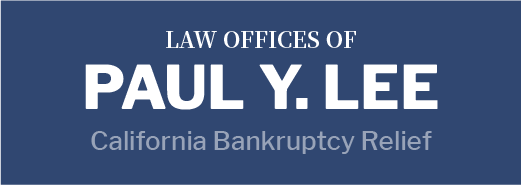If you’ve been dealing with significant debt and are ready to move on, then you may want to file bankruptcy in California. While this isn’t the right solution for everyone, for some it can be a lifesaver. Learn more about how debt is reorganized in a Chapter 7 bankruptcy and then reach out to The Law Offices of Paul Y. Lee at 951-755-1000 with questions or to schedule a free legal consultation.
A Chapter 7 bankruptcy allows you to keep many possessions but there is a price
One of the advantages of a Chapter 7 bankruptcy is the fact that it allows the person filing to hold on to secured possessions such as their home, their car, etc. That said, the debtor doesn’t simply get to get rid of the debt and keep the possessions – they must agree to allow the courts to reorganize their debt. This involves three types of claims.
- Priority claims
- Secured claims
- Unsecured claims
This type of debt must be paid in full – expect in situations where the creditor consents to other plans. There are a few different types of priority claims but the most common examples are alimony, child support, and some types of taxes. Likewise, if you’re a business owner than wages to your employees may be priority claims.
Put simply, a secured claim involves debt that’s tied to collateral. The most common examples of secured claims are home mortgages and car loans. If you want to keep whatever is up for collateral (in the examples above, they would be the home and the car) then your reorganization plan will need to ensure that the creditor is going to get at least the actual value of the collateral. However, in certain situations, you will be required to pay the debt in its entirety.
Any debt that’s not secured by collateral is an unsecured claim. Some of the most common examples of unsecured claims include credit card and medical bills. These types of bills don’t have to be paid in full as long as the reorganization plan puts the entirety of your disposable income toward payments and that the creditors get repayments that are at least equal to what they would have gotten if you’d filed Chapter 7.
Unsecured claims and the way they’re treated by bankruptcy courts require anyone who wants to file Chapter 13 to prove that they have enough disposable income to cover the required debts in a three-year or five-year plan. This is what we refer to as “means testing.” For a person or couple who doesn’t have enough income or assets to meet these demands, they may need to file Chapter 7.
Do you have more questions about bankruptcy?
Debt reorganization can be confusing. Statutes of limitations can be confusing. The entire bankruptcy process can be complicated. That’s why it’s best to work with someone who’s seen it all and can help you through the process. If you’d like a guide, please call The Law Offices of Paul Y. Lee at 951-755-1000 today for a free bankruptcy evaluation.


